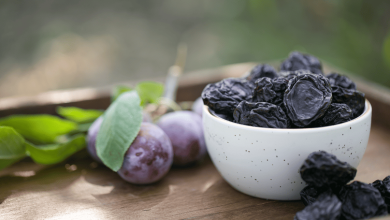Italian Pork Sausage (Raw)
Italian pork sausage is a flavorful and versatile ingredient commonly used in a variety of savory dishes. Known for its rich taste and texture, it provides a hearty base for pasta sauces, casseroles, and grilled recipes. This raw sausage is made from high-quality pork and seasoned with a blend of herbs and spices, which give it its distinct Italian flair.
Nutritional Information (Per 100g)
| Nutrient | Amount |
|---|---|
| Energy | 346 kcal |
| Protein | 14.25 g |
| Total Fat | 31.33 g |
| Saturated Fat | 11.27 g |
| Carbohydrates | 0.65 g |
| Fiber | 0.0 g |
| Sugar | 0.0 g |
| Calcium | 18 mg |
| Iron | 1.18 mg |
| Magnesium | 14 mg |
| Phosphorus | 142 mg |
| Potassium | 253 mg |
| Sodium | 731 mg |
| Zinc | 1.79 mg |
| Copper | 0.08 mcg |
| Manganese | 0.058 mg |
| Selenium | 24.8 mcg |
| Vitamin C | 2.0 mg |
| Thiamin (Vitamin B1) | 0.568 mg |
| Riboflavin (Vitamin B2) | 0.168 mg |
| Niacin (Vitamin B3) | 3.25 mg |
| Vitamin B6 | 0.3 mg |
| Folate (Vitamin B9) | 8.0 mcg |
| Vitamin B12 | 0.91 mcg |
| Vitamin A | 0.0 mcg |
| Vitamin E | 0 mg |
| Vitamin D2 | 0.0 mcg |
Allergen Information
Italian pork sausage generally contains pork as its main ingredient, and may also include spices such as fennel, garlic, and pepper. It is important to check labels for additional allergens, such as gluten, which may be present if the sausage contains fillers like breadcrumbs. As always, consult packaging or the manufacturer for detailed allergen information.
Dietary Preferences
Italian pork sausage is not suitable for vegetarians or vegans, given its animal-based content. Additionally, those following a low-sodium diet or with a sensitivity to sodium should be cautious, as it contains 731 mg of sodium per 100g. It is low in carbohydrates and could be suitable for individuals following a low-carb or keto diet. However, due to its high fat content, it may not be the best choice for those seeking to reduce overall fat intake.
Tips for Cooking
Italian pork sausage can be used in a variety of dishes, from pasta sauces to casseroles or as a filling for sandwiches. To cook, simply remove the casing (if applicable) and crumble or slice the sausage before pan-frying, grilling, or simmering in your favorite sauce. For a healthier option, consider grilling or baking the sausage to reduce fat content. Pair with fresh vegetables or whole grains to balance the rich flavors of the sausage.
Conclusion
Italian pork sausage is a rich and flavorful ingredient that can enhance a wide range of dishes with its savory taste and satisfying texture. While it is high in fat and sodium, it provides a good amount of protein and essential nutrients like iron, zinc, and B vitamins. Be mindful of portion sizes, especially if you’re watching your fat or sodium intake, and enjoy this classic ingredient in moderation as part of a balanced meal.










